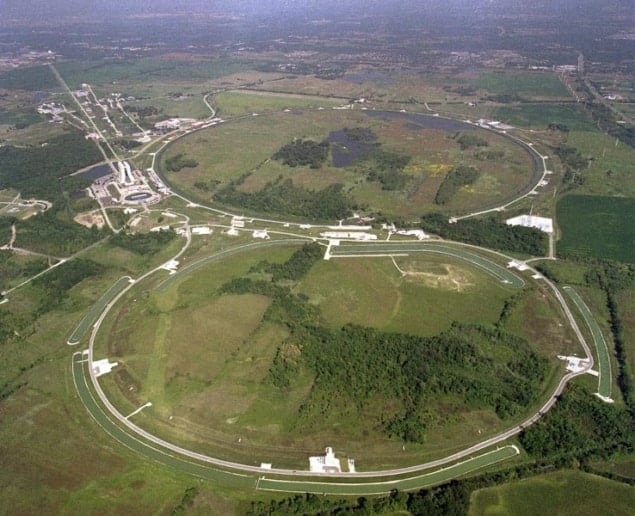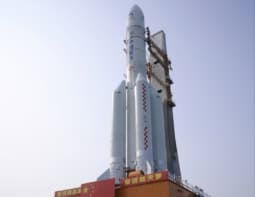
Fermilab’s Tevatron particle accelerator will cease operations at the end of September as originally planned, despite calls to extend operations for a further three years. The decision – made by the Department of Energy (DoE) – means that the search for the elusive Higgs boson is now likely to become a one-horse race involving the Large Hadron Collider (LHC) at CERN.
The DoE had been considering whether to let the Tevatron run until the end of 2014 after an extension proposal was submitted to it last October by the independent High Energy Physics Advisory Panel (HEPAP). The panel had concluded that the Tevatron could continue to produce physics of significant value to complement research at CERN and should continue for three more years. But a sub-panel, referred to as P5, had advised that extension of the Tevatron’s operation should be approved only if additional funds were made available to high-energy physics.
“Unfortunately, the current budgetary climate is very challenging and additional funding has not been identified,” writes William Brinkman, director of the DOE’s Office of Science, in a letter to HEPAP. “Therefore, based in part on the P5 recommendation, operation of the Tevatron will end in FY 2011, as originally scheduled.” Keeping Tevatron running was expected to cost at least $60m a year.
All eyes on the LHC
Brinkman acknowledges that the baton in the race for the Higgs has now been handed over to CERN, but he is keen to stress that the US will continue its involvement at the LHC. “US scientists play a major role in the ATLAS and CMS collaborations at the LHC, with both experiments publishing early results that clearly demonstrate the impressive capabilities of these detectors,” he writes.
In response to the news, Lisa Randall, a particle physicist at Harvard University, posted a message on the social networking site Twitter yesterday expressing her disappointment. “Very sad. Tevatron will be turned off at end of year. All eyes on LHC for Higgs discovery and more. Good news is that LHC doing great,” she wrote.
Randall was among 38 US physicists, unaffiliated with Fermilab, who sent a letter in July to the US energy secretary Steven Chu, urging him to support a three-year extension of the Tevatron. The researchers argued that the machine’s recent successes and the 15-month shutdown at the LHC planned for 2012 presented a good opportunity for the Tevatron to continue to rival its European counterpart.
Towards the Intenstiy Frontier
For other researchers in the US, however, the decision to close the Tevatron may be a cause for celebration because it will enable Fermilab’s Intensity Frontier programme to go ahead as planned in 2012. One such project is NOvA, which is designed to study neutrinos produced when a 700 kW beam of protons from Fermilab’s Main Injector accelerator collides with a graphite target.
Had the Tevatron, which collides protons with antiprotons, still been running when NOvA starts in 2013, the available beam power would drop to about 400 kW, thereby sharply reducing the amount of data NOvA collects in its first 18 months.
Rob Roser, co-spokesperson on CDF, one of Fermilab’s two main detector experiments, says that the news should not be viewed as a failure of the Tevatron programme. “I think the community, through the process, agreed that there is a compelling physics case to run this program longer but in our current economic climate – tough decisions have to be made.
“[Tevatron’s] been tremendously successful – with CDF alone publishing over 500 papers, many discoveries and important limits. I am very proud of our accomplishments.”



